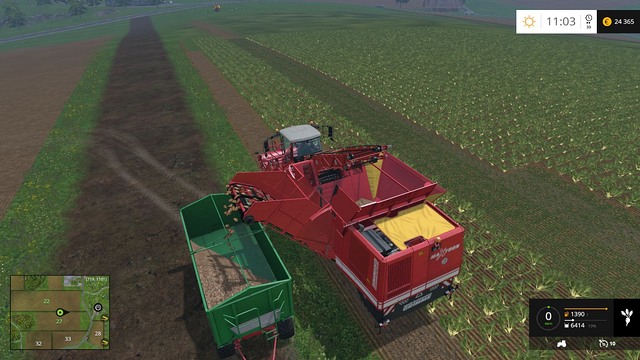


Once plants are mature enough to be planted in the field or greenhouse some of the more traditional methods of plant breeding are used to increase the number of plants, to test that the gene functions correctly under the relevant conditions, to determine if the new gene is stably inherited and, most importantly, to check that the new plants do not have a detrimental effect on either the environment or other plants and organisms. Selection methods are used during tissue culture to select only plants that have the new gene in their cells and thus these are the only ones that continue through the whole procedure. Transformation procedures are utilized to move the gene into the recipient and new plants are grown in tissue culture before moving into the greenhouse and the field. The specific DNA that contains just the gene of interest can be cut out of the donor organism's DNA, cloned and prepared for insertion into the recipient plant. For instance a gene from a fish that is able to survive in very cold conditions has been bred into soybean so that the plants are now able to survive in much colder environments than the original soybean. The gene for the trait that we are interested in may be identified in either a related species or even a totally different genus or family. Some of the laboratory techniques that you have learned in this program in the activities DNA extraction, restriction digestion, plant tissue culture, transformation and PCR are utilized in this type of breeding. A second drawback with this procedure is that there is inevitably some DNA present in the new plant that arose from the donor parent that may not be desirable.Ī second method of breeding involves the use of biotechnology. As you can imagine this procedure is very expensive and time consuming and it is many years before a new plant is ready to be released to the general population. This ultimately results in a new plant that contains DNA mainly from the original domestic parent but also a small amount of DNA from the donor that encompasses the gene that we desired to transfer. The selected hybrids were backcrossed to the domestic parent over many generations with selection at each step for the trait of interest. These hybrids were screened to see which of them contained the gene for the trait of interest. In traditional plant breeding, the two species would be crossed either naturally or artificially to produce a hybrid plant that contained genes from both parents. Generally this breeding involved identifying a trait in another related species that could then be used as the donor of this trait to the domestic plant they wished to improve.



 0 kommentar(er)
0 kommentar(er)
